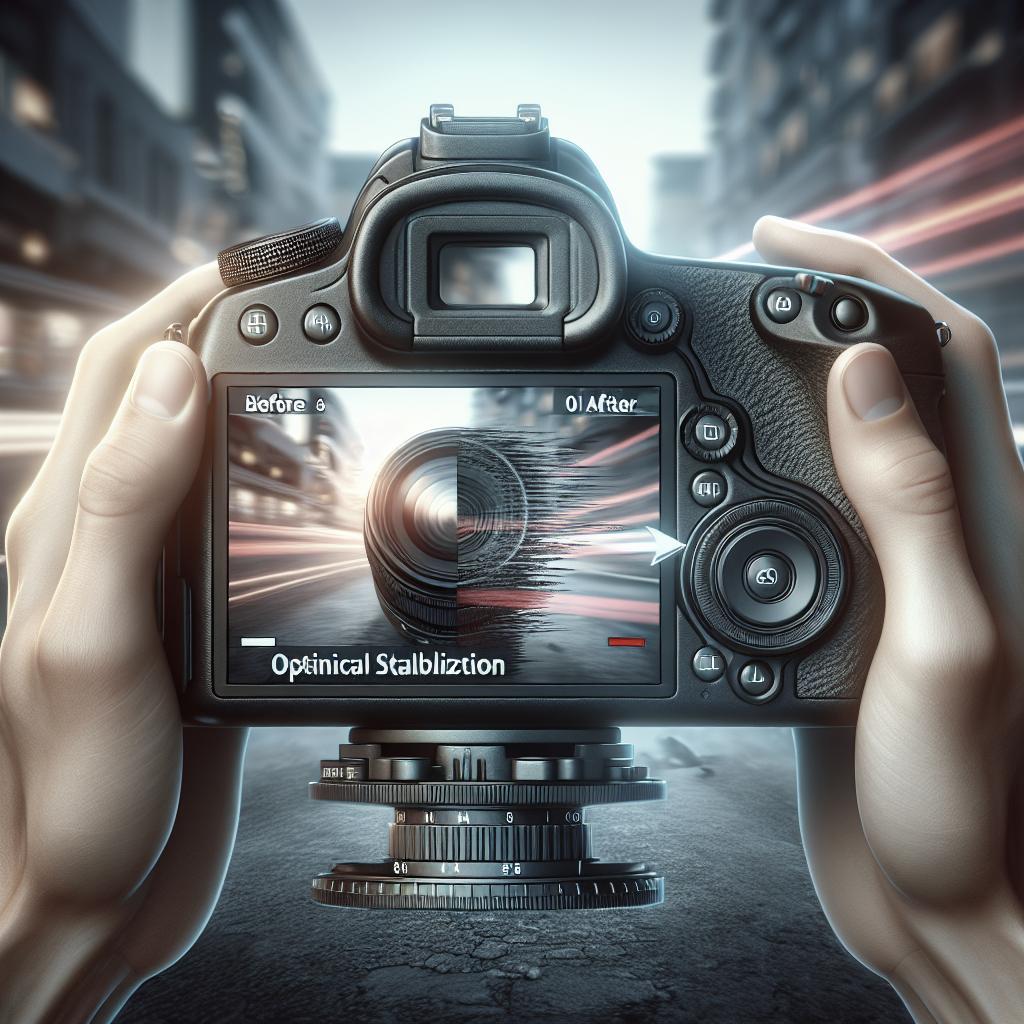“`html
Unveiling the Role of Drones in Cinematic Videography
The advent of drones has revolutionized the landscape of cinematic videography, offering filmmakers new perspectives and creative angles. From lowering production costs to providing access to previously unreachable shots, drones have become indispensable tools in the industry. In this article, we explore the expansive role of drones in modern filmmaking. We will delve into how they impact production budgets, examine popular and professional drone models, and highlight real-world examples. Additionally, we will weigh the pros and cons associated with drone use in film production, and conclude with key takeaways gleaned from this technological evolution.
Overview of Drone Technology in Filmmaking
Drone technology has come a long way since its initial use in consumer markets. Now a staple in professional filmmaking, drones provide filmmakers with the ability to capture dynamic aerial shots that were once only possible with expensive equipment like cranes or helicopters. This democratization of aerial filming has unlocked new creative possibilities, driving visual storytelling to new heights.
With advanced stabilization systems, high-quality cameras, and smart flight features, drones can produce cinematic-quality footage. Automated functions such as GPS-guided navigation, obstacle avoidance, and point-of-interest tracking enhance the operator’s ability to focus on capturing the perfect shot, rather than the technical intricacies of flying. These technological advancements have cemented drones as a versatile tool in the filmmaker’s kit.
How Drones Impact Film Production Costs
One of the most significant impacts of drones on the film industry is their potential to reduce production costs substantially. Traditional methods of capturing aerial footage, such as renting helicopters, can be exorbitantly expensive. By switching to drones for aerial shots, filmmakers can drastically cut these expenses without sacrificing quality, making high-budget visuals accessible even to smaller production teams.
Furthermore, drones reduce time expenditure by facilitating quick setups and adjustments for various shots. This efficiency translates into shorter shooting schedules, minimizing labor and logistical costs associated with extended production timelines. Consequently, drones not only save money but also enhance the agility of production teams.
Popular Drone Models and Their Costs
Several drone models have gained popularity in the filmmaking community due to their reliability and performance. DJI, a leading drone manufacturer, offers models like the DJI Phantom 4 Pro, DJI Mavic 3, and DJI Inspire 2, each with distinct features catering to different cinematic needs. The Phantom 4 Pro, priced around $1,500, is favored for its balance of convenience and quality, while the Inspire 2, costing upwards of $3,000, provides more advanced features suited for high-end productions.
Another option is the Autel EVO Lite+, which competes closely with DJI models and is gaining traction for its impressive camera specs and flight capabilities. Pricing for these drones generally ranges, making it feasible for filmmakers with varying budget constraints to find a model that suits their specific needs. The increased competition and technological innovation continue to drive prices down while enhancing performance features.
Professional Drone Alternatives for Filmmaking
For filmmakers seeking options beyond consumer drones, professional-grade alternatives offer unparalleled performance and customizability. Systems like the Freefly Alta 8 and DJI Matrice series provide powerful rigs capable of carrying large, professional cameras. This capability enables filmmakers to integrate drones seamlessly with their existing camera equipment, producing high-quality footage that matches the project’s overall aesthetic vision.
These professional drones typically come with price tags reflective of their sophisticated technology and performance, often exceeding $10,000, including essential peripherals. Despite the cost, the flexibility and powerful results they offer justify the investment for large-scale productions that require top-tier cinematography.
Case Studies or Examples of Drones in Film Budgeting
The film industry has already witnessed several productions where drones have had a significant impact on budgeting. For instance, the use of drones in the filming of action sequences in movies like “Skyfall” and “The Wolf of Wall Street” showcased how aerial shots could be achieved at a fraction of the traditional cost. Utilizing drones, these productions could depict awe-inspiring scenes without incurring the substantial expenses associated with helicopter shots.
Another example is the independent film “The Peanut Butter Falcon,” which integrated drone shots to depict expansive landscapes without overextending its modest budget. The production team leveraged drones for cost-effective aerial views, maintaining high production values despite limited resources, illustrating how drones have leveled the playing field for smaller-scale filmmakers.
The Pros and Cons of Using Drones in Film Production
The advantages of using drones in filmmaking are numerous. They provide unprecedented access to new perspectives, are highly cost-effective, and their ability to execute complicated shots with ease enhances creative storytelling. Drones also allow for safer production environments by eliminating the need for risky camera setups involving helicopters or cranes.
However, drones do present challenges. They can be subject to regulatory restrictions and weather conditions, potentially limiting filming options. The rapid technological evolution means that ongoing investment is required to stay current. Furthermore, the learning curve associated with operating advanced drones can require additional training time and resources for filmmakers looking to fully exploit their capabilities.
Lessons Learned
| Aspect | Summary |
|---|---|
| Drone Technology in Filmmaking | Enables dynamic aerial shots, broadens creative possibilities, and enhances storytelling. |
| Impact on Production Costs | Significantly reduces costs associated with traditional aerial filming methods. |
| Popular Drone Models | DJI Phantom 4 Pro, Mavic 3, Inspire 2, and Autel EVO Lite+, offering diverse options for varying budgets. |
| Professional Alternatives | High-performance options like Freefly Alta 8 provide advanced capabilities for professional productions. |
| Case Studies | Drones facilitate cost-effective, high-quality filmmaking in projects like “Skyfall” and “The Peanut Butter Falcon.” |
| Pros and Cons | Offers cost savings and creative flexibility; subject to regulations and weather dependency. |
“`


